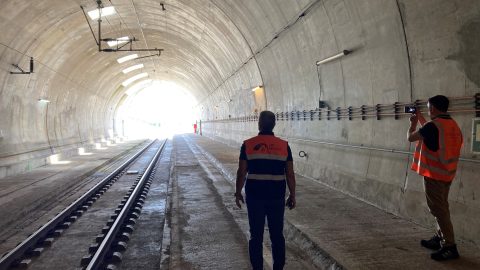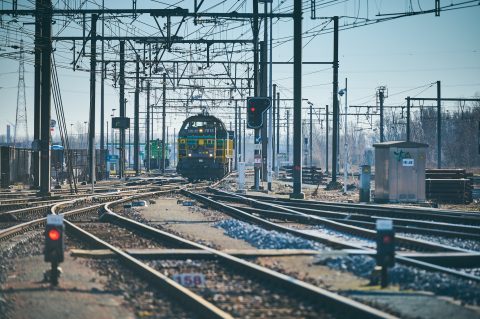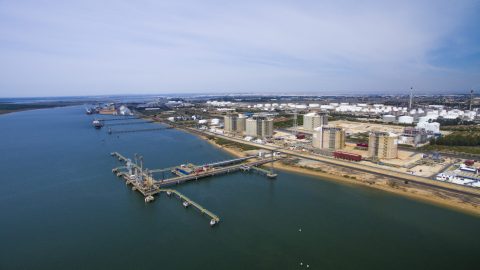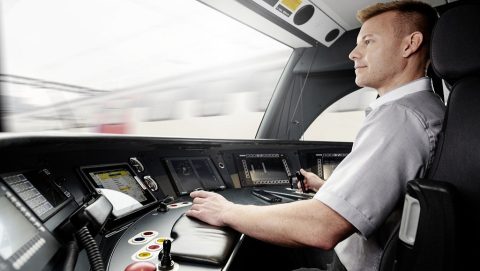Testing of automatic freight trains in The Netherlands confirmed
French rail engineers Alstom have signed a deal with Dutch rail manager ProRail and operator Rotterdam Rail Feeding to begin testing automatic freight trains in The Netherlands.
Starting this year, the Automated Train Operation (ATO) test services, will initially take place within the Port of Rotterdam’s rail network. They will eventually extend to the 150-kilometre Betuweroute, the European Rail Traffic Management System (ERTMS)-equipped double-track line connecting Rotterdam with Germany, and part of European Freight Corridor A.
Capacity
Trains equipped with ATO operate at closer intervals, increasing the capacity of the network and enabling reduced energy consumption. It gives ‘added value’ for operators without making expensive changes to the infrastructure and is one of the next logical steps to meet the Paris Climate Agreements.
The test service will be at GoA 2 level, so the train is equipped with automatic train protection (ATP) and will brake automatically if it approaches a red light. Crucially, it also means that while the train has self-driving technology, there is still a driver on board. The driver plays a supervisory role, but can act if the system fails or if there is an accident, and open and close the train doors. For GoA 3 and GoA 4, there is no driver on board the train.
The test drive on the Betuweroute will focus on ATO application to freight transport. The purpose of the tests is to perform a live demonstration with a locomotive running in ATO from the Rotterdam Harbour district to CUP Valburg in the eastern part of The Netherlands. The locomotive, provided by RRF, will run approximately 100 km without driver intervention on rail sections equipped with two different ERTMS levels (1 and 2).
Betuweroute
The Betuweroute was successfully equipped by Alstom with the European standard signalling system ERTMS 10 years ago and ERTMS supports automatic operation better than the classic security systems. Automatic shunting movements on the yard of CUP Valburg will also be tested.
The tests were first announced at the recent Intelligent Rail Summit in Vienna and were confirmed in a signing ceremony involving ProRail CEO Pier Eringa and COO John Voppen, Alstom Europe’s Vice President Gian-Luca Erbacci, and Rotterdam Rail Feeding CFO, Ronald Volder.
Gian-Luca Erbacci, said: “Automated trains are on the innovation agenda of several countries and Alstom is leading the development of ATO for rail. Alstom’s close collaboration with ProRail and RRF will contribute to support the progress of new technology and create a more attractive, more competitive and more sustainable rail system.”
You just read one of our premium articles free of charge
Want full access? Take advantage of our exclusive offer





